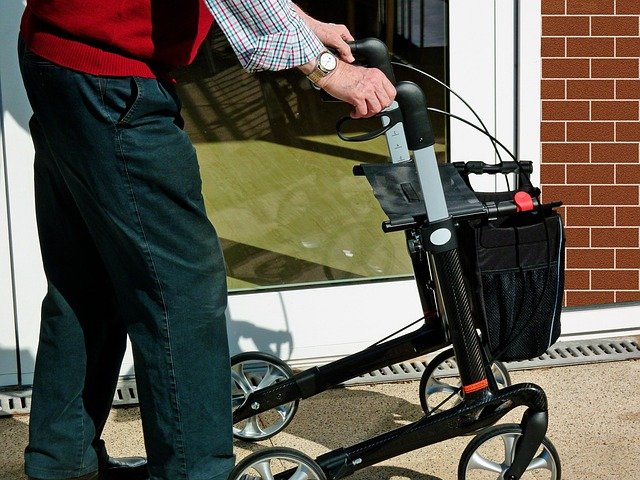Walkers For Seniors: Choosing the Right Mobility Device
A well-chosen walker can make a big difference in comfort, confidence, and independence for older adults. This guide explains how walkers and related mobility devices support balance and posture, what features to look for, and practical tips for fitting, maintenance, and finding local services that help seniors stay active and safe.

Senior needs: assessing balance and strength
When considering a walker for a senior, start with an assessment of strength, balance, endurance, and any medical conditions that affect gait. Family members, caregivers, or a physical therapist can observe walking patterns and note issues like shuffling, uneven steps, or fatigue. These observations help determine whether a simple two-hand frame, a wheeled walker, or a rollator with a seat will best match daily tasks, home terrain, and the user’s energy levels.
How does a walker help?
A walker stabilizes the center of gravity, redistributes weight, and offers secure handholds during standing and walking. For seniors recovering from surgery or managing chronic conditions like arthritis, a walker reduces fall risk and increases confidence when moving around the house or outside. Choosing the appropriate height, handle type, and wheel configuration improves posture and reduces strain on hips, knees, and lower back while encouraging more regular activity.
Walker types: pros and cons
Standard walkers (no wheels) provide maximum stability and are good on uneven surfaces, but require some lifting. Two-wheeled walkers glide more easily without full lifting, making them suitable for those with moderate strength. Four-wheeled rollators offer the most mobility, with brakes, seats, and baskets for carrying items—useful for outings and shopping. Specialty walkers exist for narrow spaces, pediatric needs, and bariatric support. Consider trade-offs: greater mobility versus stability, and ability to manage brakes and maneuverability.
Elderly comfort and safety features
Comfort and safety features matter for elderly users. Padded, ergonomically shaped handles reduce hand pain, and adjustable height ensures a slight elbow bend when gripping. Brakes should be reachable and easy to use; some models lock for stability when standing up. Reflective accents, anti-slip tips, and wheel locks enhance safety outdoors. For seniors with cognitive or visual challenges, color-contrasted handles and simple brake designs reduce confusion and accident risk. Always check weight capacity and sturdiness.
Mobility device fitting and adjustments
Correct fitting transforms a device from awkward to helpful. When standing upright with arms relaxed at the sides, the walker’s handles should align with the wrist crease so the user can slightly bend the elbows while holding the grips. Seat height, backrests, and brake cable tension on rollators often require minor adjustments. Regularly inspect tires, brakes, and fasteners and tighten or replace worn parts. Routine maintenance and simple adjustments extend device life and keep mobility consistent.
This article is for informational purposes only and should not be considered medical advice. Please consult a qualified healthcare professional for personalized guidance and treatment.
Improving mobility: training and local services
Training and community resources enhance outcomes. Physical therapists can teach safe transfer techniques, gait training, and tailored exercises to build the strength needed for independent walking. Occupational therapists help adapt homes—like recommending grab bars or clearing pathways—and local services, senior centers, and durable medical equipment suppliers in your area often offer demonstrations or rental options so seniors can trial devices before buying. Working with professionals ensures the device supports long-term mobility goals.
Conclusion
Selecting the right walker or mobility device for a senior is a balance of stability, comfort, and practical needs. Start with an honest assessment of physical ability, consult healthcare professionals when possible, and try different models to find the best fit. With proper selection, fitting, and maintenance, a walker can significantly improve daily function, reduce fall risk, and help elderly individuals remain more independent and active.






